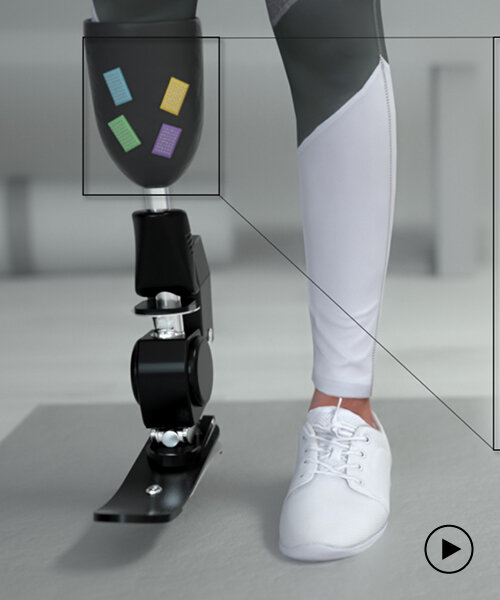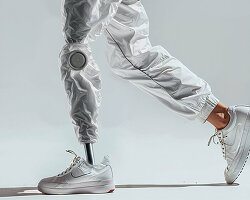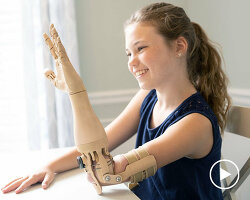the research team at the MIT media lab in the united states has developed a new approach that allows more precise control for people with amputation who have prosthetic limbs. it is quite challenging to control the prosthesis so that it moves the same way the human foot does. using electromyography—the most common way of controlling limbs by recording electrical activity from the muscle—provides only limited control of the prosthesis.
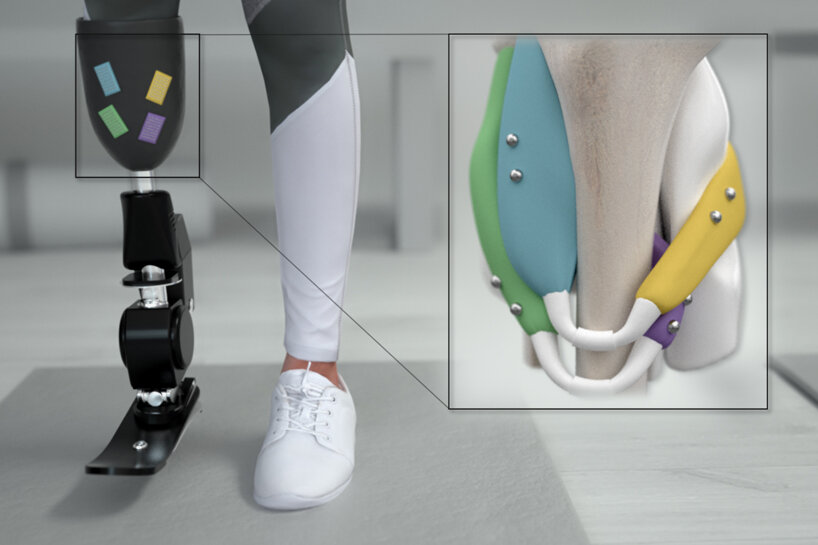
all images courtesy of MIT news
MIT’s media lab researchers unveiled a different approach that could help control prosthetic limbs in a more precise way. the process is based on the insertion of small magnetic beads into the muscle tissue where the amputation is. this allows the accurate measurement of the length of contracting muscles while being non-invasive and gives feedback within a few milliseconds. by inserting a pair of magnets into the muscle, the movement of the magnets can be measured, and how much the muscle is contracting and how fast the contraction is.
the measured values are entered into the computer model for better control of the prosthesis. by being able to predict where the patient’s phantom limbs are located based on the contraction of the remaining muscles, the patient can be instructed to move the prosthesis as desired, or the limb the user envisions. according to the research team, there is a plan to conduct a demonstration experiment within the next few years. they want to consider several mounting positions for the sensor that controls the prosthesis, such as the surface of clothes and skin, and the outside of the prosthesis.
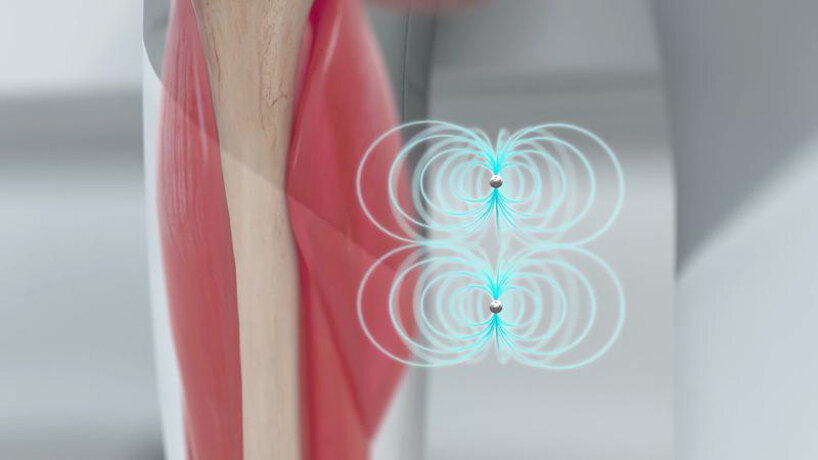
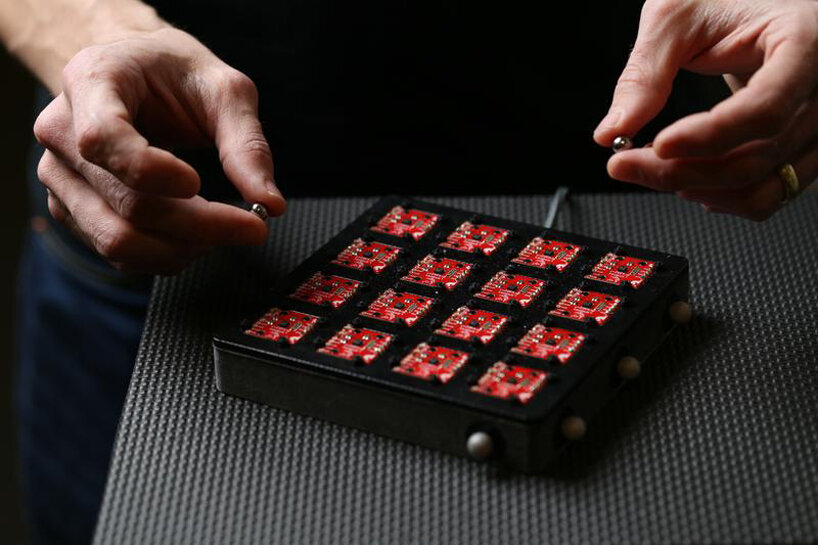
project info:
name: magnetomicrometry-based control
researchers: research team at the MIT media lab
